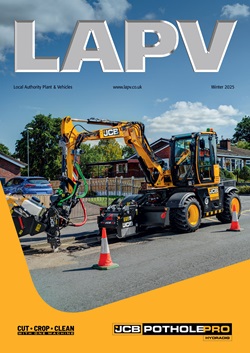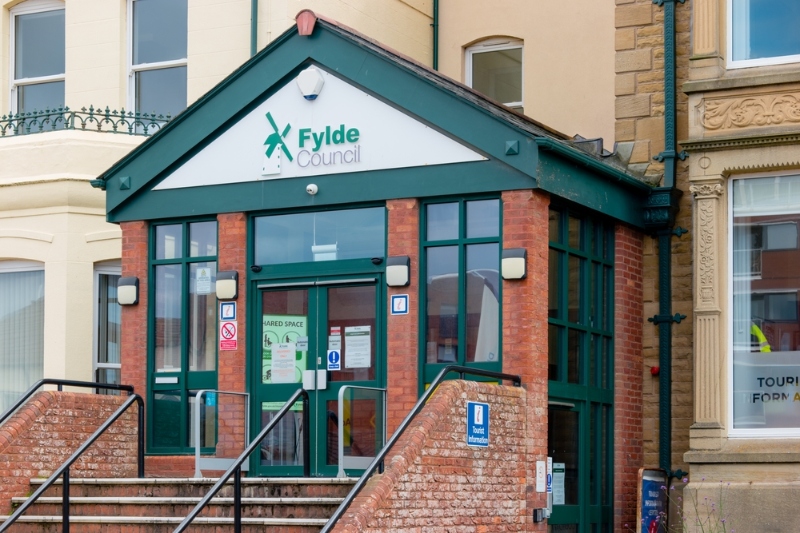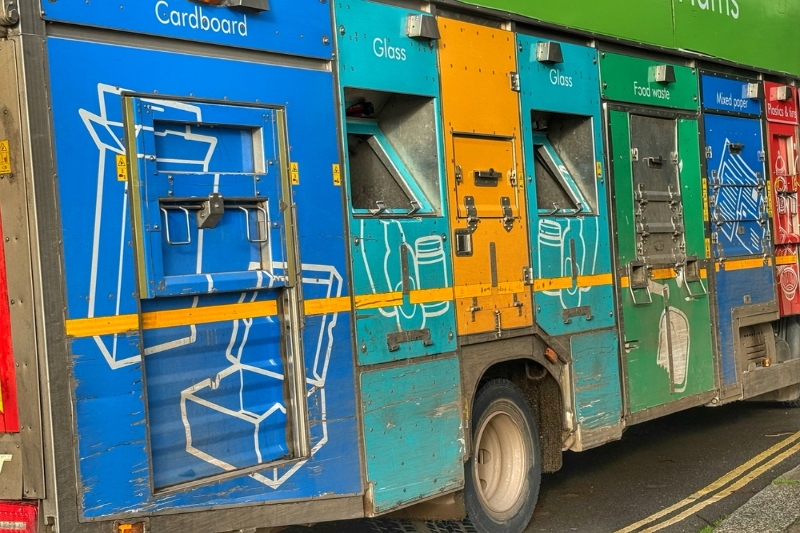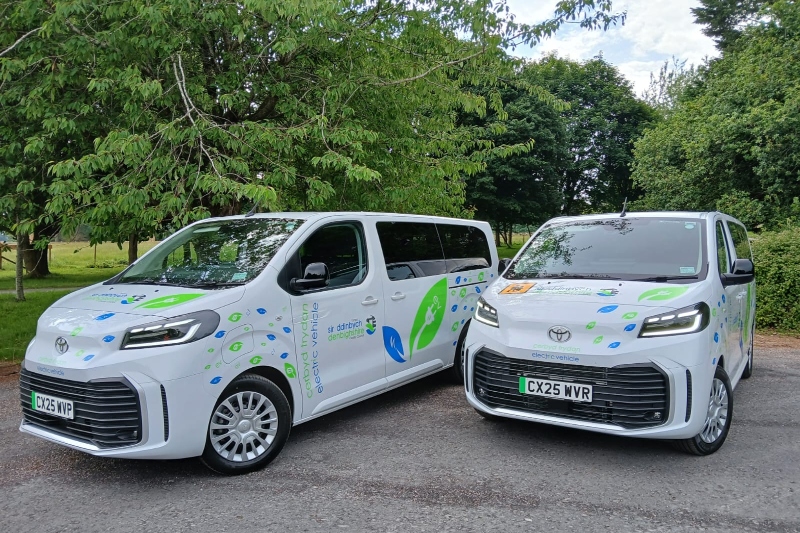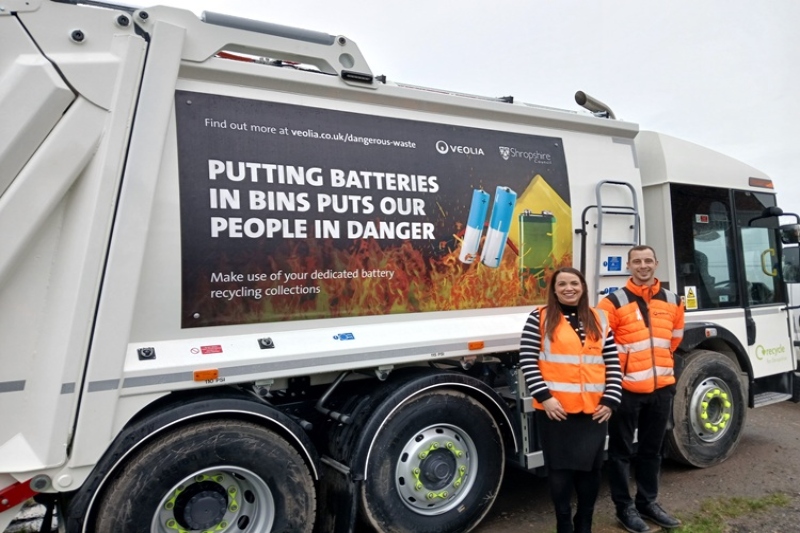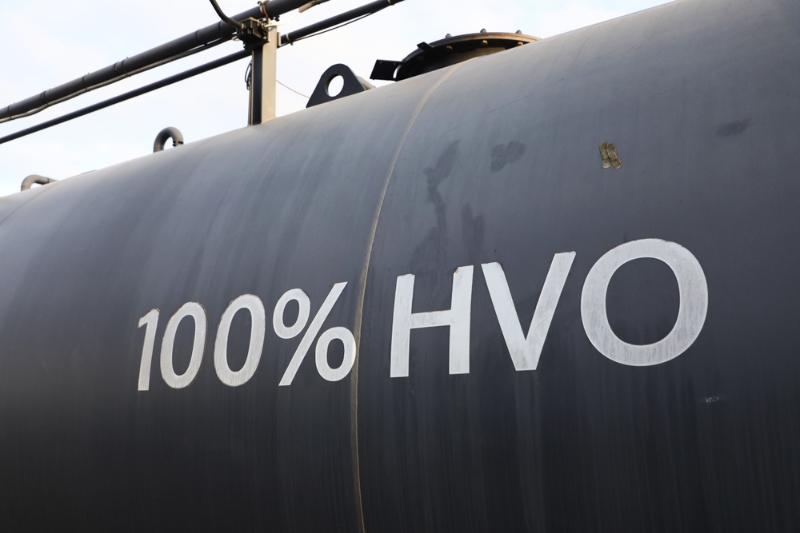Clare Summers points out that using efficient lighting and beacon systems can actually reduce downtime on waste management and street cleansing vehicles.
LED (light-emitting-diode) are gaining popularity as the lighting of choice for municipal and waste management vehicles, offering a brighter, more cost effective and more robust alternative to conventional incandescent bulbs.
A “low draw” technology, LED uses only a tiny percentage of the power that traditional lighting systems require, so flat batteries are a thing of the past. With no glass tubes to break, replaced instead by rigidly supported LED lamps that are resistant to vibration and impact, they are perfect for the harsh environment that refuse and cleansing vehicles operate in. Vehicle safety technology manufacturer Innovative Safety Systems is taking the sector by storm with its new range of warning lights and beacons.
Gavin Thoday, Director, ISS explains: “LED lighting offers a much more practical solution because it is more energy efficient than traditional lights. It is brighter and, because it is directional, it's less obtrusive in residential areas. Because LEDs are shaped in a cluster if partial damage occurs the lighting is still effective and the vehicle is still legal. The result is less and downtime, and that means significant cost savings.”
Tony Milton, Contract Manager for Focsa, a waste operator, recently recommended that West Devon Council convert its new fleet of refuse, recyling and street cleansing vehicles to LEDs with ISS. “We have a lot of country lanes with low lying branches and the traditional revolving beacons get battered and damaged, whereas the LED units can be made much smaller and they are more robust. The standard of illumination is far superior and more effective in terms of safety.”
North East Lincolnshire Borough Council recently converted its new refuse vehicles entirely to LED. They wanted to replace traditional revolving integral cab beacon and asked ISS to design an LED version.
Gavin Thoday explains: “We set about developing a product that would offer enhanced safety features and longevity, but it had to be easy to fit. Our new bracket design means that the beacon can easily be fitted to new trucks or retrospectively. Combined with our rear lighting package it offers 360 degree visibility around the vehicle.”
Chris Dunn, Waste & Fleet Operations Manager, North East Lincolnshire Borough Council, comments: “We wanted our new trucks to carry the latest safety equipment and we recognised the superiority of LED lighting above traditional bulbs, not just in terms of safety, but also reduced maintenance and vehicle downtime. We are proud to be the first to showcase their new cab beacon.”
Before launching its new dual-stream recycling and refuse collection service, Hinckley & Bosworth Borough Council made sure the new fleet was ultra-safe, with state-of-the-art vehicle safety technology and lighting.
Mike Brymer, Chief Officer, Hinckley & Bosworth Borough Council says: “There's no missing our trucks, they are so well illuminated. We have increased the number of flashing lights and reflectors on the vehicles and used LED lighting wherever possible. The safety of residents and our crew is our utmost priority.”
It is a well-known fact that the waste management sector has a high accident rate, and people working alongside vehicles are a particular risk. Warning lights have an important role to play in reducing the risks for crew members.
Gavin Thoday: “Vehicles working on highways, especially those accompanied by pedestrian workers, must be made as visible as possible. We recommend that a 'caution workers' lightboard is fitted to the front and rear of such vehicles, to alert traffic travelling in both directions that there are people in close proximity to the vehicle.”
For this purpose, ISS has designed a new exterior ultra-rugged waterproof 'Caution Workers' light-board that is durable and robust in the most demanding conditions. West Lindsey District Council has fitted the lightboards to its new fleet and Kevin Johnson, Resources & Transport Manager, explains why: “These boards and warning lights make our vehicles more visible and help to protect our staff and members of the public. Ultimately our aim is to reduce the risk of accidents occurring.”


